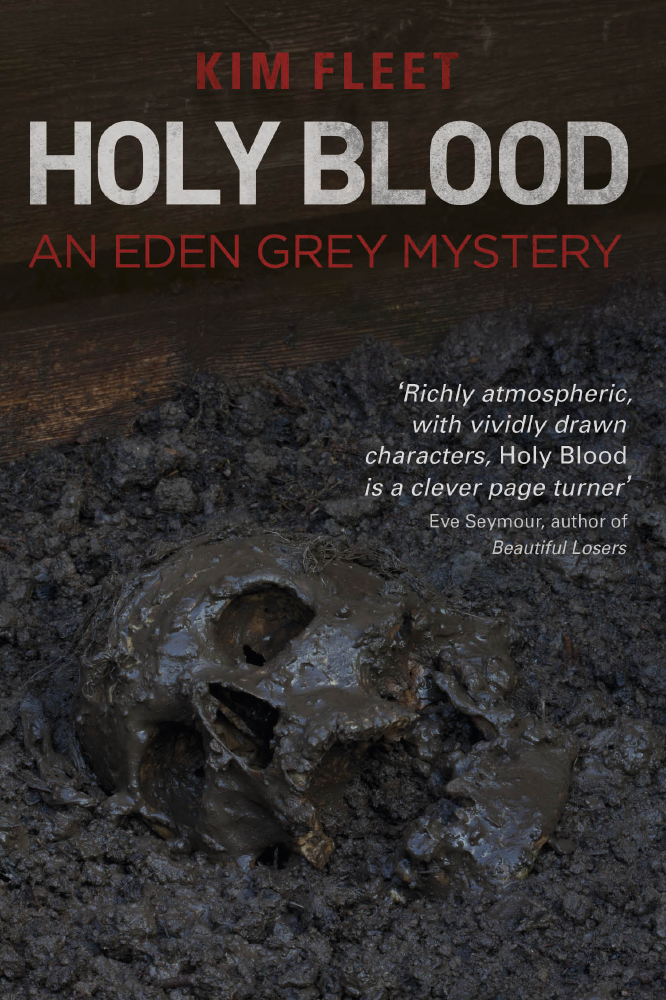A time-slip novel contains two or more stories, each set in a different time period, told in parallel with each other. In my latest novel, Holy Blood, one story line is in contemporary Cheltenham, the other in the Elizabethan Cotswolds. Writing time-slip brings its own joys (exploring new characters and situations) and challenges (double the research), so here are some tips to keep you time travelling painlessly.

Kim Fleet
Decide which is the main story: it helps you to plan your story arc and focus on the main themes of the novel. It also helps to keep characters under control – especially the bolshy ones who think it’s all about them.
Question everything. First ideas aren’t always best, and I rely on my secret weapon, the question, ‘What if?’ when I’m planning and writing a book to ensure I’ve explored all possibilities and chosen the ones that I think will work best. I ask myself, ‘What if this was set in the war? What if this character was a girl, not a boy?’
Use at least three sources for your research. I use the internet for initial research, but I always cross-check using reputable books. It’s a great excuse to get absorbed in the past. Visiting locations can help you pick up details you wouldn’t get from books.
Don’t overdo the historical details by shoehorning everything you’ve researched into the book as it makes the narrative stodgy. If you can keep the sense of the time in your mind while you write, somehow it comes out on the page.
Ensure the stories in the two time periods link up by having situations, objects or places that appear in each. Ideally, both story lines should resolve each other, even better!
Mind your language. Slightly more formal speech and the occasional thee or thou is enough to remind the reader we’re in the past. Under no circumstances use ‘Hey nonny’.
Avoid anachronisms by checking your facts rigorously and remember that not everyone uses an invention the moment it comes out. Words change their meaning, fall out of fashion, and new words come in.
Use coloured pens and index cards, allocating one card for each scene in the book, and different colours to indicate time periods. When you set them out in order you can easily see where you spend too long in one time period and need to break things up.
Use cliff hangers. One of the joys of writing time-slip is that you get a double whammy by ending a chapter on a cliff hanger and by changing time period. It makes the pace very fast.
Get your crayons out and map the connections between all your characters. A character with only one link needs to be given more to do, or be amalgamated with another ‘thin’ character. The density of connections shows where you need an extra sub-plot.


